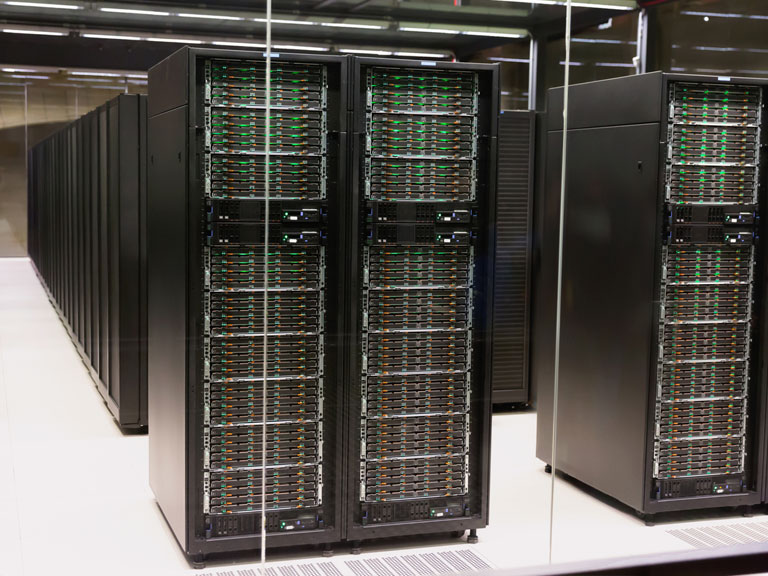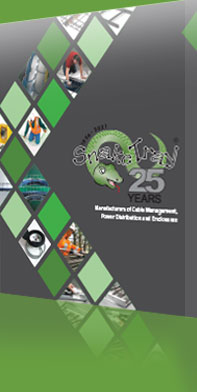Complying with building codes and industry standards is a necessary part of data center construction, and this applies to cable-tray system design and implementation as well. While the most cost and labor efficient method to cable a data center is the use of a prefabricated cable tray management system, you can’t just bundle as many cables as you’d like and drop them into a run. There are specific rules that must be followed for tray fill capacities.
Cable tray standards are covered under Article 392 of the National Electrical Code (NFPA 70), produced by the National Fire Protection Association. It states that for cable trays containing control and/or signal cables only (not power), the sum of the cross-sectional areas of all cables at any cross section shall not exceed 50 percent of the interior cross-sectional area of the cable tray. While voids between cables will be naturally present due to the fact that the cables are round and not square, this standard ensures there will be sufficient air gaps between each cable to prevent crosstalk and allow for heat dissipation. Therefore, the maximum number of cables allowed within the cable tray – and what qualifies as a “100% full” cable tray – is ultimately dictated by NEC standards and not the manufacturer or actual physical volume of the tray.
Further, cable manufacturers advise that cables be installed loosely in order to minimize alien crosstalk. Tightly bundled cables are more prone to this phenomenon, since the twists and turns in a cable run offer more opportunities for two or more cables to line up and allow for crosstalk. But the Code is the Code. Even if the cables are packed into dense bundles, the cross-sectional area of the tray according to Article 392 is still the same, and thus the maximum cable tray capacity remains unchanged. Might as well spread them out to avoid the issue.
Understanding and complying with Article 392 of the National Electrical Code is critical when planning and budgeting for the construction of a data center. Knowing what constitutes a “100 full” cable tray given the grade of cable required for your specific application greatly impacts spacing and cost. Installing larger cable trays than required at the time of plant construction can either be a waste of resources, or a thoughtful nod to future expansion of cable plant capacity at minimal cost.
Whether your motivation for installing a right-sized cable tray system is to minimize costs or build in room for growth, Snake Tray has the cable management solutions to make your data center as profitable and efficient as possible. Let us help you maximize ROI while ensuring your data center is up to code.
Learn More
If you’re looking for a tray system to support your current or upcoming cable management requirements, contact Snake Tray today. We’re happy to answer any questions you have, and we will work with you to find the right solution for your project.

